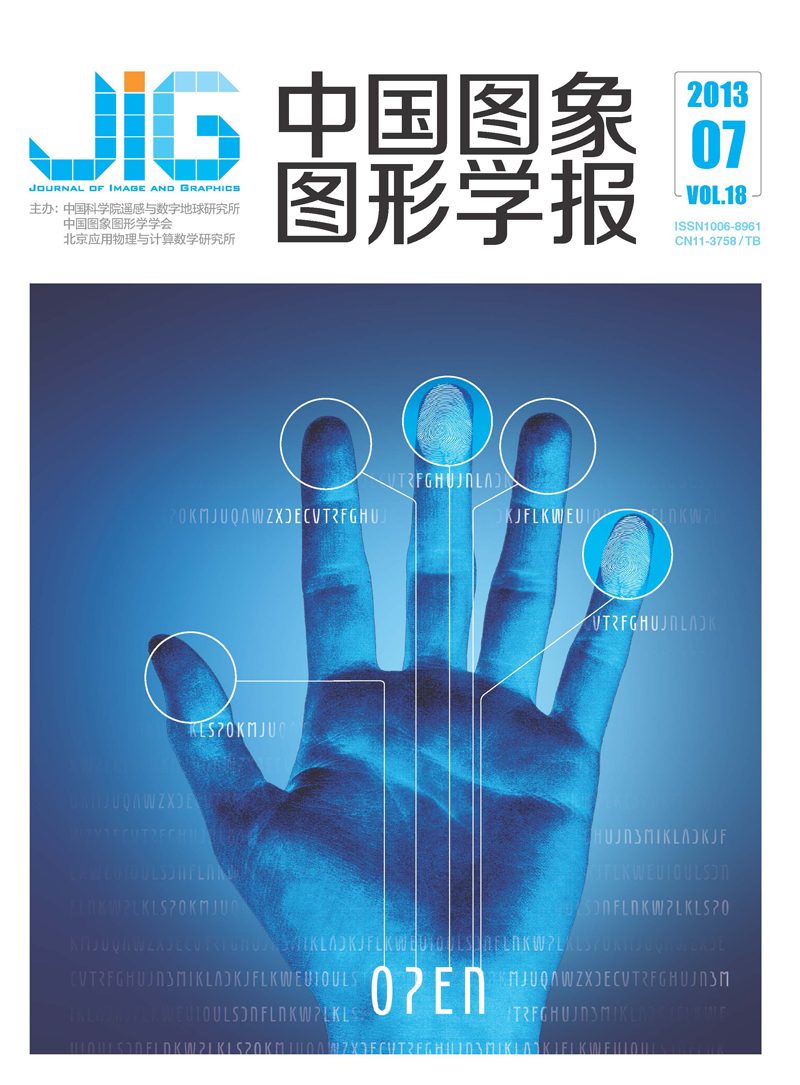
人体动作的超兴趣点特征表述及识别
摘 要
提出一种基于超兴趣点的动作特征描述方法,用于人体动作的识别。兴趣点特征描述了人体动作时变化显著的局部点信息,但其最大的缺陷在于离散的兴趣点间缺乏时间和空间上的结构关联。提出根据兴趣点间的时空距离,使用广度优先搜索邻居算法,将时空距离相近的兴趣点聚合成超兴趣点,该结构作为一个整体,反映人肢体在一定时空范围内的动作变化特征。与现有的基于局部兴趣点的动作识别算法相比,本文算法增加了兴趣点间的整体时空结构关系,提高了特征的区分度。实验采用两层分类方法对超兴趣点特征分类,实验结果表明该算法具有较好的识别率。
关键词
Human action recognition based on super-interest points features
Wang Yangyang1, Li Yibo2, Ji Xiaofei2(1.College of Automation Engineering, Nanjing University of Aeronautics and Astronautics, Nanjing 210016, China;2.College of Automation, Shenyang Aerospace University, Shenyang 110136, China) Abstract
A novel feature representation method based on super-interest points is proposed and applied to human action recognition. Interest point features describe the salient change of local point information when humans are in the state of movement, however, the drawback of these features is that the rich spatio-temporal relationships among the discrete interest points are not being used. According to the spatio-temporal distance of interest points, a broad first search neighbors algorithm is used to cluster these adjacent points into super-interest point. The super-interest point features reflect the variety of the human limb in a certainly spatio-temporal scope. Compared to the existing interest point method, the spatial and temporal information among the points, are all included in our super-interest points, making the features more discriminative. Finally, a two hierarchical classifier recognizes the human actions using super-interest point features. The experimental results show that our method achieves a good recognition rate.
Keywords
|



 中国图象图形学报 │ 京ICP备05080539号-4 │ 本系统由
中国图象图形学报 │ 京ICP备05080539号-4 │ 本系统由